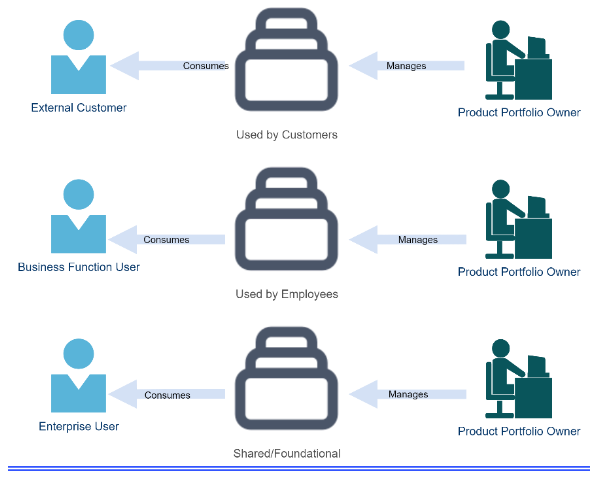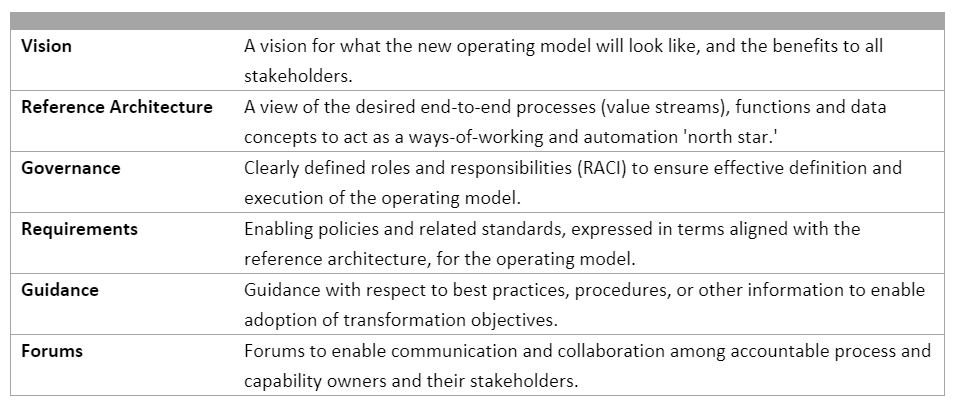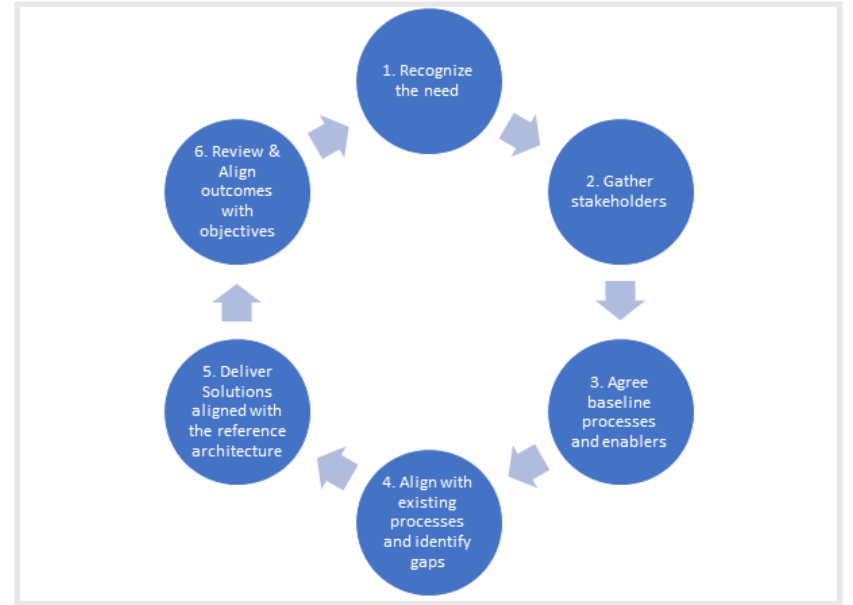The ways in which individuals and teams in organizations work are generally recognized as critical to how modern enterprises can sustainably deliver technology. This is because this allows organizations to enable and delight their customers (both internal and external), while maintaining profitability and agility.
But it remains challenging for IT organizations to achieve the ‘value flywheel’ effect – the idea that the more we invest in technology, the quicker it should be able to deliver technology-enabled solutions. Instead, many enterprise IT organizations find it takes increasingly longer, and requires more resources, to deliver more technology solutions over time, given the historical investment in IT.
Adopting a product mindset
Organizations seeking to modernize enterprise IT operations are increasingly moving towards ways of working that treat enterprise IT solutions as customer-focused digital products, with a technology-enabled governance structure and operating model that brings traditional project and program management together with digital product management. There are multiple reasons for this, including:
- Growing dependency on SaaS and PaaS products for business technology solutions.
- Increasing focus on integration and orchestration of products into multiple enterprise workflows.
- The need for enterprise IT to sustainably provide platforms for continuous digital innovation.
A product-centric approach enables organizations to explicitly measure and manage the technology value fly-wheel effect for their enterprise, as well as provide both their internal and external customers, partners and stakeholders with a platform for innovation.
Enterprise organizations can adopt a ‘crawl, walk, run’ approach to maturing their digital product capabilities, with an initial focus on foundational digital products that enable development of both market-facing and internal functions (crawl), then developing digital products delivering internal-facing functions (walk) and finally market-facing (run) functions.
Lines of business may also drive market-facing digital product development, but success is often highly dependent on the overall enterprise digital product mindset maturity.
The below diagram, based on concepts expressed in The Open Group’s white paper on the Shift to Digital Product shows the different perspectives:

Figure 1: Digital product portfolio perspectives
The role of automation in enterprise transformation
IT has historically underinvested in tooling to perform more effectively. The expression “the cobbler’s children have no shoes” has often applied to IT departments: while under pressure to meet business timelines, IT is often unable to present a business case for automating its own processes.
Only when there is a critical mass of enterprise stakeholders will IT start investing in automation – and often, these stakeholders are not aligned along any specific vision for how end-to-end IT processes should work. The result is fragmented IT processes that (mostly) serve individual functions well but ultimately introduce friction into end-to-end IT processes that impede innovation and agility.
Consequently, proponents of modern ways of working deal with maximizing flow, by focusing IT process design on team API (Application Programming Interface) and building a strategy that enables self-service delivery of enterprise IT products and services, which are, in turn, enabled by intentional automation.
A key tenet for transforming enterprise IT to a digital product model is to put automation at the core of the transformation objectives, which ultimately serves to reduce friction, improve feedback, provide more reusable and consumable technical building blocks and enable continuous alignment of enterprise digital product delivery with business goals and objectives.
Accelerating enterprise IT transformation
Transforming how an enterprise operates is no easy feat. A transformation framework requires several elements:

The risks associated with a transformation can be significantly mitigated using accelerators proven to be of value. As digital product management as a discipline matures, there is a growing body of knowledge around best practices that enable scaling product management to enterprise scale.
While a transformation effort will always take time to fully embed itself, the good news is that most organizations will likely already have most of the transformation building blocks in place – either through existing policies and standards, or through modern processes created from necessity. These exist in different parts of the organization, where perhaps teams are already pioneering news ways of working.
In addition, many of the IT solutions providers used by enterprises are already embarking on the journey to enable product management capabilities into their products – either through enhancing their core product offering or acquiring technology leaders in the product management space. In some cases, it may not be necessary to materially change existing IT automation strategies, but instead change how those strategies are being deployed.
Getting Started

Figure 2: Digital product transformation – continuous improvement
Six steps to get started with IT transformation:
- Recognize that an organization needs a joined-up strategy to align ways of working, from the point of digital product idea inception to an operating product or solution, that will enable delivery of organizational objectives and key results.
- Establish a forum of IT process stakeholders from across the organization, along with using a reference architecture that establishes a common language for enabling collaboration and accountability.
- Identify common requirements and pain points to be addressed, and set the baseline for a foundational, or “MVP” (minimum viable product), implementation of joined-up processes and tools that enable all stakeholders to focus on activities that can be shown to directly contribute to delivery of strategic business goals and objectives.
- Align existing processes and activities to the ‘north star’ reference architecture and enterprise objectives and key results and identify any gaps that require closing from a process perspective to enable these.
- Create scope agreements to close identified gaps and commission projects to implement them.
- Conduct a retrospective to assess the impact of the implemented scope agreements on intended objectives and key results.
At this point, a baseline sustainable collaboration structure has been established. A process of continuous improvement is in place, guided by the ‘north star’ reference architecture. This, along with available metrics and evolving understanding of best practices, can drive the transformation over time to a fully digital product-enabled enterprise IT organization with a portfolio of high-value reusable technology products.
Protiviti’s Technology Consulting practice has the right blend of strategic technology planning, enterprise architecture management and change management to partner with enterprise IT leaders on a transformation journey towards a digitally enabled enterprise. We can help IT organizations provide high-value technology solutions to IT customers, partners and stakeholders, in the face of continuous technological innovation.
Read the results of our 2023 Global IT Executive Survey: The Innovation vs. Technical Debt Tug of War.
To learn more about our enterprise transformation solutions, contact us.





